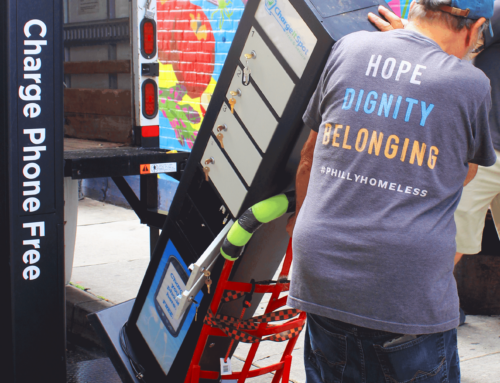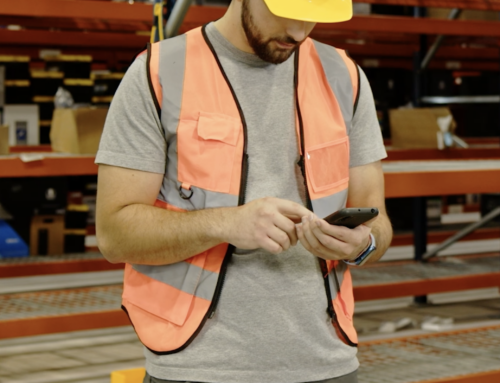From First Hunch To Handy Tool, Tech Makers Aim For Simplicity

Clever advances start with the inkling of an idea. How developers break gizmo ground:
See possibilities. A little observation led Augment CEO Jean-Francois Chianetta to a big leap.
He was shopping online and reading reviews that described a product as the biggest of its type.
“With photos, you couldn’t really see that,” Chianetta told IBD.
The mechanical engineer came up with a solution: “The first application with which you could visualize 3D models in the real world,” he said.
Step forward. Termed augmented reality, Chianetta’s technology lets users superimpose 3D images over real-world settings via smartphones and tablets.
Say a sales representative wants to show a retail client how a display case will look in his store.
That rep can aim an iPad at the wall in question — as if taking a photo — and superimpose a 3D image of the display case onto the screen.
Make it real. Client L’Oreal Professional, the beauty firm, uses the tool to help retailers eliminate guesswork when choosing point-of-sale displays.
“You can also use it for design,” Chianetta said. “Before building the first prototype, you can show it to customers before it’s even manufactured.”
Expand capabilities. Augment app users keep finding ways to tap the technology. Denture makers demonstrate how new teeth will look. A teacher used a 3D model of a molecule to quiz students.
“For me from the start, I thought it could be used potentially by everyone,” Chianetta said. “I’m still surprised by some of the user cases.”
Address a need. ChargeItSpot CEO Douglas Baldasare was on vacation in Miami with friends when he ran into a typical 21st century problem.
“All of our phones were dying,” he said, and he saw they were surrounded by retail shops.
“I thought: Why can’t I walk in there and charge my phone?” Baldasare said.
Make it pay. While finishing his MBA at the University of Pennsylvania’s Wharton School, Baldasare developed ChargeItSpot kiosks. They let shoppers charge smartphones in secure drawers.
The upshot for retail clients, including Urban Outfitters (URBN), Nordstrom (JWN) and Whole Foods Market (WFM): Shoppers browse and buy while their phones charge.
A study by market research firm GfK reported that shoppers using ChargeItSpot kiosks stayed twice as long in the store, “and they spent 29% more dollars,” Baldasare said.
Spot weaknesses. Troubleshooting problems — including a procedure for opening a drawer remotely when a customer forgets the security code — was essential for getting retailers buy in.
“The last thing they want is to have to manage the device,” Baldasare said.
Enrich it. Retailers do want ChargeItSpot kiosks to look like they belong, so they’re wrapped in brand-specific colors and messaging.
The kiosks also allow for opt-in collection of shoppers’ email addresses and mobile phone numbers, plus an option to deliver messages on store deals.
“We’re looking at this as an engagement platform,” Baldasare said.
Achieve finesse. “It takes a long time to get to simple.” That’s one refrain from Dana Oliver’s book “Mantra Design.”
Achieving a user-friendly experience is worth the extra effort.
“Trust me when I say no one wants to struggle with the application of a new technology, although customers will tolerate it momentarily if it offers them a capability they don’t presently have access to,” Oliver wrote.
Rush to market with a clunky approach, and competitors will find a way to repackage it and beat you.
(This article was originally written by Sonja Carberry and published on Investors.com)






